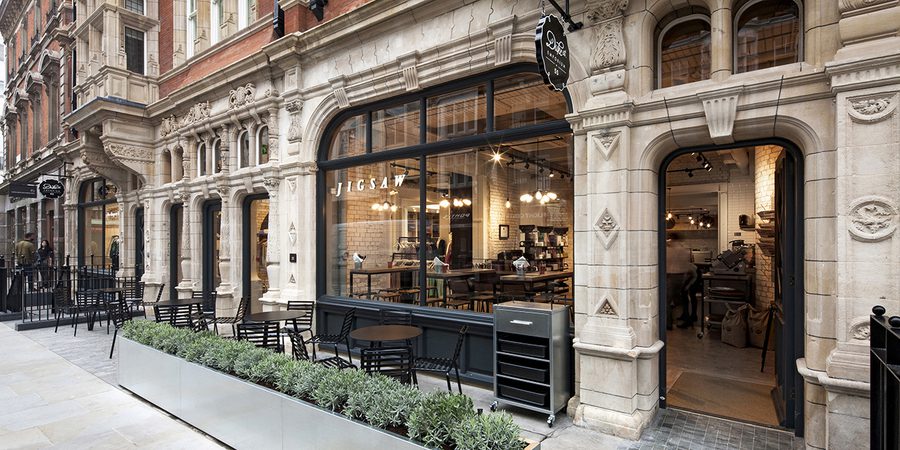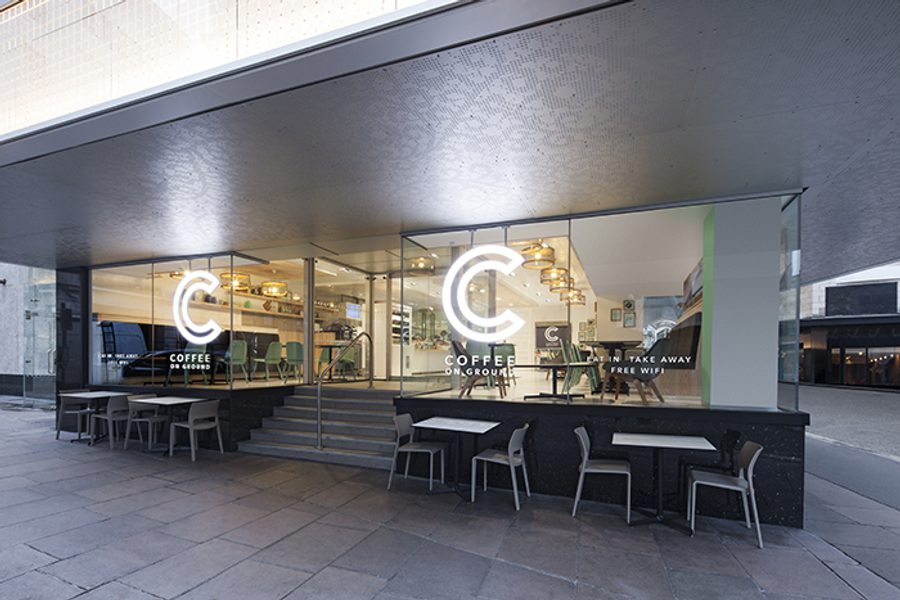Retail dines out
“Eating will save retail” - Dalziel and Pow explores in-store dining and the concept's continued growth in popularity among today's consumers. Read more.


“Eating will save retail” - Dalziel and Pow explores in-store dining and the concept's continued growth in popularity among today's consumers. Read more.


“Eating will save retail” – this was something I discussed on the site back in 2013.
Fast-forward two years and in-store dining continues to go from strength to strength, with restaurant, café or bar spaces increasingly taking a starring role in retail concepts.
In April the US Commerce Department revealed that sales at restaurants and bars have overtaken spending at grocery stores for the first time since records began in 1992. This builds on a November 2014 report by Morgan Stanley stating that Millennials (aged 25-34) are the most likely to spend on “food away from home.” Creating an engaging in-store food and beverage offer is therefore a great strategy for retailers looking to increase dwell-time and create brand experiences that can’t be replicated online.

We’ve seen plenty of impressive concepts putting this into practice recently, including several of our own projects. Alongside its eclectic mix of contemporary art, vintage furniture, books and clothing, Jigsaw’s Duke Street Emporium in London is home to a coffee shop operated by Fernandez & Wells – prominently located on the ground floor with extra outdoor seating for a pavement-café vibe. We brought some of Melbourne’s indie coffee shop culture into the ‘big box’ with Target Australia’s first-ever standalone café, as part of our new concept launched at its Frankston store. A street market inspired food hall, farm shop and rustic 190-seat restaurant have proved huge hits at UK garden centre chain Notcutts, while for Debenhams, Oxford Street we designed four food offers, each tailored to a different department, customer group and even time of day.

As these examples show, it’s no longer just about slotting in a Starbucks (although in fact this is another brand designing more localised, distinctive branches). The new generation of retailer eateries are carefully curated standalone concepts with distinctive branding of their own – either crafted from scratch or partnering with synergetic brands – that match up to customers’ sophisticated, global tastes. Consumers will increasingly see these as destinations in themselves, rather than just a simple convenience. This means more concepts like Macy’s full-service Italian restaurant, Stella 34 Trattoria at Herald Square, NY, and mixed-retail collaborations such as Urban Outfitters and Intelligentsia Coffee’s hybrid in Manhattan. More widely, it suggests a fundamental rethink of the retailer’s role: from vendor to host.
Brands will also need to focus on customer journeys from the shop floor through to the table (and vice versa), designing stores where dining and shopping enhance, rather than compete with, each other. The golden standard is perhaps Italian food hall chain Eataly, which serves up a hugely successful mix of retail theatre, dining and deli. It will be interesting to see how omnichannel lends itself to this convergence – for example, making it easy for shoppers to buy on their way in, then collect after the meal, or order an item they spotted upon entering the store on a mobile or tablet while relaxing in the restaurant.
The very diversity of our own project line-up highlights that this strategy is as relevant for value retailers or department stores as it is for premium fashion boutiques. It’s safe to say there will be plenty more to follow through 2015. The way to consumers’ hearts is through their stomachs…
